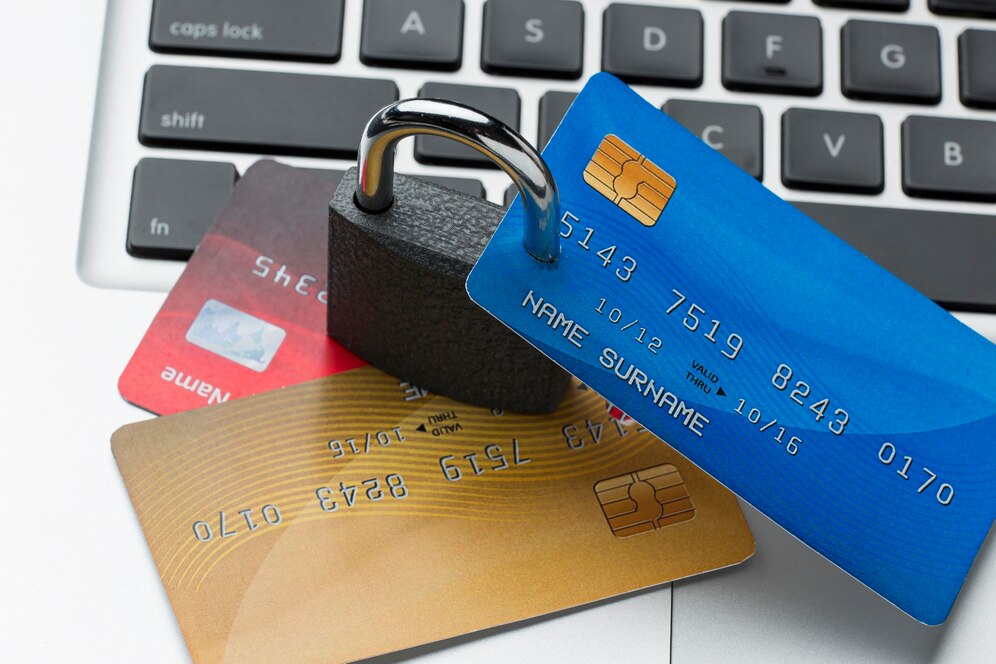Building Credit with Secured Cards: Your Smart First Step
Learn how building credit with secured cards can boost your financial future. Discover how they work, and how to use them wisely.
Want a simple way to build credit from scratch?
Starting your credit journey can feel overwhelming. With so many options and financial terms to decode, it’s easy to get lost. Luckily, secured credit cards offer a clear, manageable path to building a strong credit history.
Designed specifically for beginners or those rebuilding their scores, secured cards provide a powerful way to show lenders you’re responsible, without requiring a perfect past.
In this guide, you’ll discover how building credit with secured cards works, why it matters, and how to maximize your success along the way.

What Is a Secured Credit Card?
Building your credit profile is crucial for achieving important financial milestones, from renting an apartment to getting a car loan or even qualifying for a mortgage. But without any credit history—or with a damaged one—it can be tough to get approved for traditional credit cards. That’s where secured cards come in.
A secured card functions much like a regular credit card, but it requires an upfront security deposit.
This deposit acts as collateral for the issuer, minimizing their risk. Typically, the deposit amount becomes your credit limit. For example, if you put down $300, your card’s limit is usually $300.
How Secured Cards Help Build Your Credit
The beauty of secured cards is that they report your payment activity to the major credit bureaus—Experian, Equifax, and TransUnion—just like unsecured cards. As you make on-time payments and manage your balance wisely, you start building a positive credit history.
Over time, this responsible behavior can raise your credit score and open doors to better financial products.
Smart Tips for Using a Secured Card
It’s important to use a secured card strategically. First, always pay your bill on time. Payment history accounts for 35% of your credit score, making it the single most important factor. Even one late payment can set you back.
Second, keep your balance low compared to your credit limit. Experts recommend using less than 30% of your available credit.
This shows lenders that you can handle credit responsibly without overextending yourself.
Graduating From Secured to Unsecured Cards
Many secured card issuers periodically review your account. After six months to a year of responsible use, you might be eligible for an upgrade to an unsecured card.
Some companies even refund your security deposit automatically when you transition, turning your early efforts into a stepping stone for long-term credit success.
Choosing the Right Secured Card
Choosing the right secured card matters, too. Look for cards with low fees, reasonable minimum deposit requirements, and a clear path to graduation to an unsecured product.
Some cards also offer rewards programs or small bonuses for good payment behavior, helping you build your credit while earning a little extra along the way.
Who Should Consider a Secured Card?
Another advantage of secured cards is their flexibility. They’re not just for individuals with no credit.
If you’ve experienced bankruptcy, foreclosure, or other major financial setbacks, secured cards offer a second chance to rebuild your reputation with lenders.
By proving you can handle credit responsibly, you can eventually qualify for lower interest rates and better loan terms in the future.
Best Practices for Long-Term Success
When using a secured card, consistency is key. Make small purchases you can easily afford to pay off each month.
Set up automatic payments or reminders to ensure you never miss a due date. Monitoring your credit score through free services can also help you track your progress and stay motivated.
Avoiding Common Pitfalls
Be cautious, however, of predatory secured cards that charge excessive fees, such as high annual fees, monthly maintenance fees, or application fees.
These can eat into your available credit and make it harder to build a positive payment history. Always read the fine print carefully before applying.
Final Thoughts: Your Future Starts Now
In short, building credit with secured cards isn’t just possible—it’s highly effective. With the right approach, a secured card can transform your financial future.
It provides a safe, structured way to demonstrate your reliability to lenders, all while giving you valuable experience managing credit.
As your score improves, you’ll gain access to more opportunities, better rates, and greater financial freedom.

